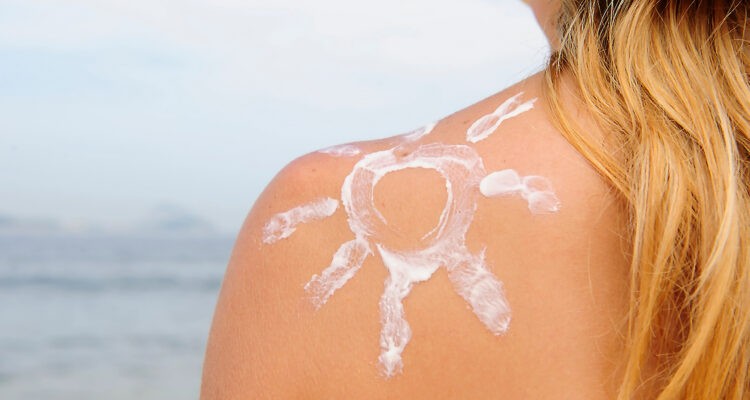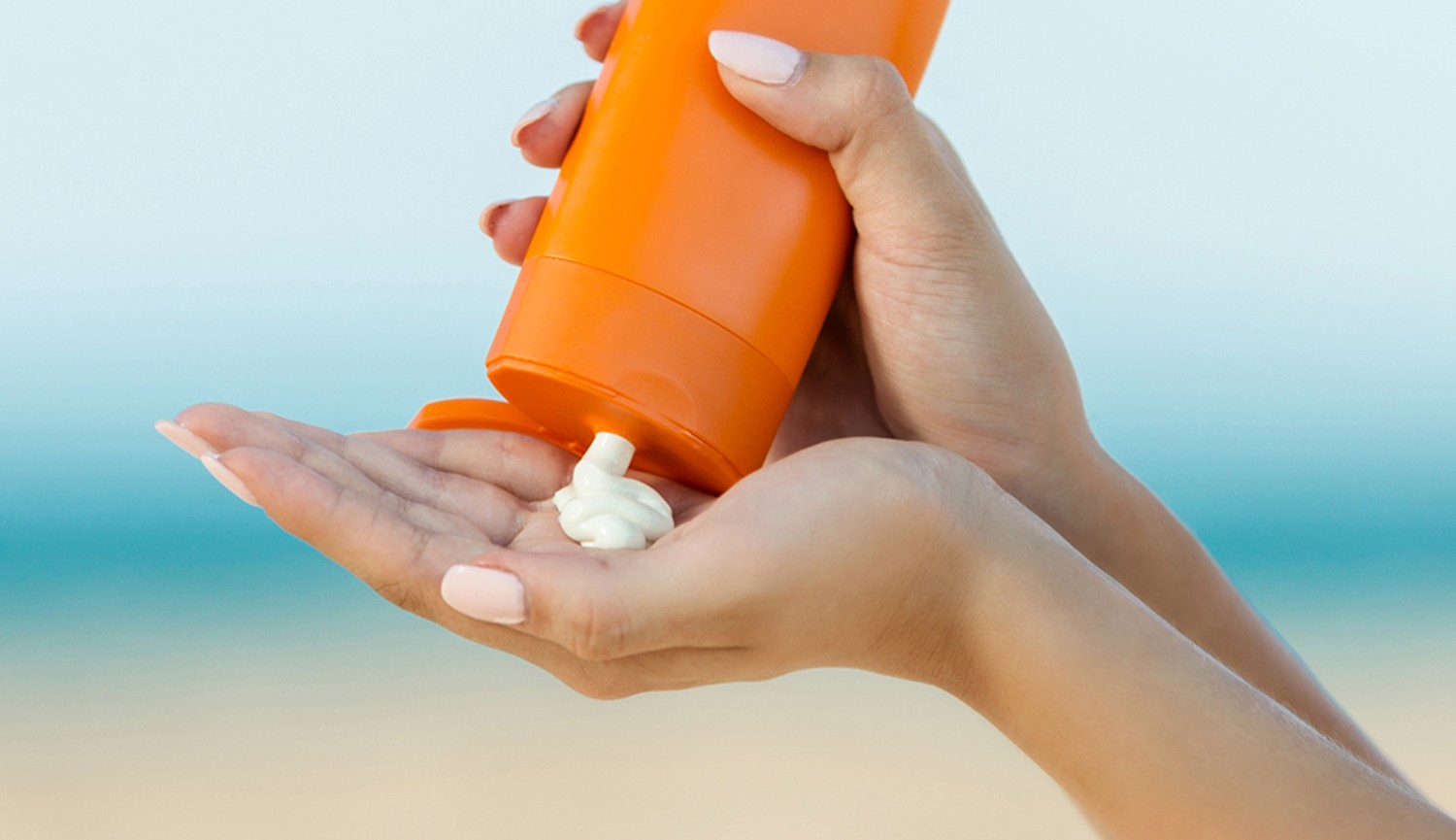Here’s a little clarity to the mysteries and myths about sun protection.
Summer playtime fun calls for protecting your skin from that bright yellow ball in the sky. While it is important to do this year-round, the summer’s rays are stronger and out longer than in the cooler months. Avoiding being out between 10-4 is recommended, but when that isn’t possible, there’s ways to increase safely being outside.
In comes SPF – those three little letters that are found in everything from sunscreen to swimsuits. If you have clothing with a sun protection factor (SPF), do you still need to put on sunscreen? Is sunscreen with an SPF factor of 70 that much better than one of 15?
Spectrum of Light
That bright spot in the sky emits a spectrum of light. One kind of light is infrared radiation-it’s what heats us up. We can’t see it, but we can definitely feel it on a hot summer’s day. Also in that spectrum is ultraviolet (UV) radiation. While some insects can see UV, we can’t. And we don’t feel it until it’s too late. UV rays can burn and damage our skin, sometimes without us ever feeling warm.
UVA or UVB?
We know these well-known rays of light aren’t good for our skin but what’s the difference?
UVA: 95% of all the UV rays that make it here to Earth are UVA rays. These little troublemakers penetrate deep into our skin. These are the rays that result in a tan, or in some of us a burn. And they are not just found outside – they can even come through glass. These rays are not skin-friendly, causing skin aging and damaging the elastin and collagen in your skin.
UVB: A lower percentage, but extremely high potency. UVB radiation accounts for a mere 5% of the sun’s UV rays but it loves to wreak havoc on your skin, focusing on the top layers. It damages skin cells and causes DNA mutations, which can lead to melanoma and other skin cancers. It’s not good for your baby blues either as it can result in cataracts.
Cloudy Days = Safe Days
Nope. Not the case. Up to 80% of the sun’s UV rays make it through clouds, so don’t be fooled by an overcast day. Follow the same precautions you’d take on a sunny day and keep yourself protected.
Then Shade is Safe
Shade is definitely better, but a dose of sunscreen on exposed skin is still called for. UV rays can reflect off water, sand, and concrete resulting in burns and other skin damage. Even in the snow, the UV reflection is strong. Ask anyone who has been snow skiing and they’ll let you know how important it is to put on sunscreen.
30 is Fine
When used exactly as directed, using sunscreen with SPF 30 would take you 30 times longer to burn than if you weren’t wearing sunscreen. So higher SPF is better, but only marginally. SPF 30 will provide around 96.7% protection from UVB rays while SPF 50 provide 98% protection. No sunscreen offers 100% protection so use your smarts and play it safe when out in the sun.
Apply & Reapply
Lather up before you head out – 30 minutes prior is good. About one ounce will suffice, think of what would fill a shot glass. But don’t stop there. Reapply every two hours and if you’re jumping in the water, apply more frequently. Lotion and spray options both offer protection but be sure to rub in the spray sunscreen to make sure all areas are covered evenly.
Misleading Makeup
Two factors to watch out for. First, SPF makeup offers some protection, but you’re better off putting it over a layer of sunscreen. Why? Foundation usually isn’t applied as thickly as sunscreen and is usually just on your face, not your ears and neck. Double up and you’ll get the protection you need.
Second, check your cosmetic labels for alpha hydroxyl acids (AHAs) as these may increase your skin’s susceptibility to burn. Some prescriptions also increase your burnability so look over those labels or ask your pharmacist.
Love Those Sunnies
Your eyes need some sun protection too. Choose shades with 100% UV protection. These puppies block more than 99% of the UVA and UVB rays, providing you with the most protection. Don’t be fooled by dark lenses. If they don’t have the right UV protection, they don’t equate to the darker is better theory. Lighter-colored 100% UV protection lenses (green, amber, red and gray) can protect just as well as their darker counterpart.







